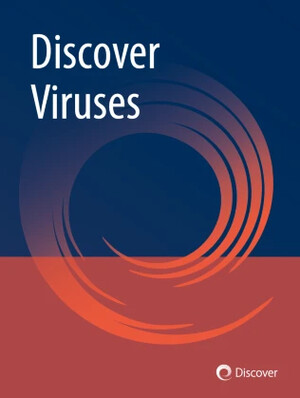
Lingual palpation for porcine cysticercosis: a rapid epidemiological tool for estimating prevalence and community risk in Africa
Abstract
Objective To assess the association between the prevalence of tongue cyst-positive and antigen-positive pigs across different settings in Africa, to evaluate whether examining pigs for cysts could be used as a rapid surveillance tool for identifying geographical areas with a higher probability of high transmission of cysticercosis. Methods Published data were collated from 26 study sites across Africa that reported the prevalence of porcine cysticercosis by both lingual and serological examinations. The study sites were located in 10 countries across Africa. Results Seroprevalence rates ranged from 4% to 41%. Despite the varied study sites, the relationship between the two variables was highly consistent and suggests identification of tongue cysts may be useful for cysticercosis surveillance. We found that all areas with more than 10% of pigs having cysts in their tongues had at least 30% seroprevalence (PPV of 100%), although this cut-off is less reliable at predicting that an area is of low transmission (NPV of 84%). Conclusion Assessing the prevalence of tongue cyst-positive pigs is a potential rapid epidemiological tool for identifying areas at high risk of cysticercosis, although further refinement and validation is required using standardised data sets.
Citation
Guyatt, H.L. and Fèvre, E.M. 2016. Lingual palpation for porcine cysticercosis: a rapid epidemiological tool for estimating prevalence and community risk in Africa. Tropical Medicine and International Health 21(10): 1319–1323.








